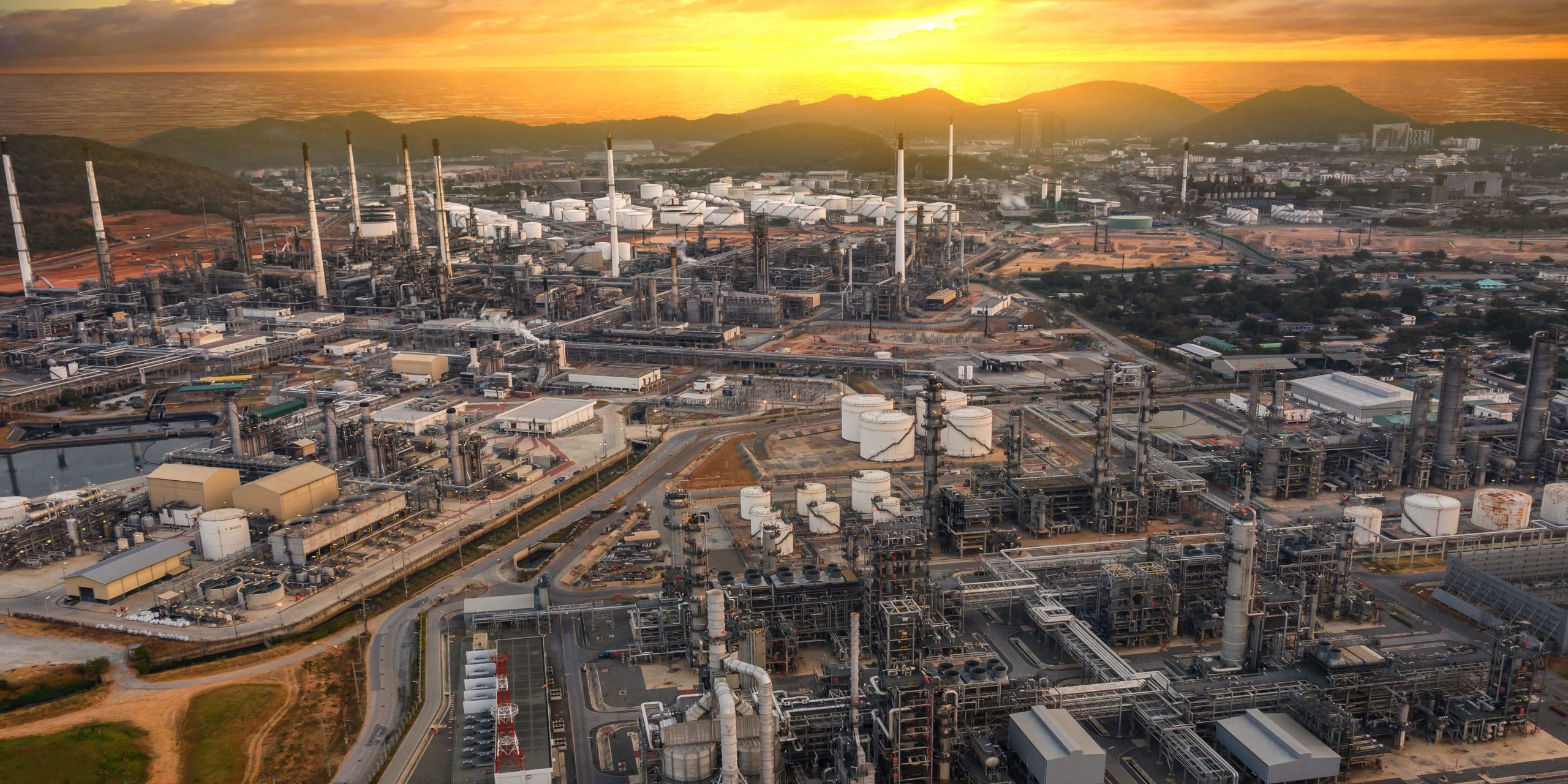A company’s climate impact is a direct result of operational decisions within its control, CATF and Ceres say in new analysis
Oil and gas producers have a great deal of control over the emissions they spew into the atmosphere, including potent methane, simply with the equipment they choose and other operational decision-making, a new report has said.

That means slowing climate change is in the hands of these energy producers, while some in the industry are responsible for a much greater share of pollution than others, a second annual analysis from non-profits Ceres, which focuses on sustainable investments, and the Clean Air Task Force, showed.
The report, Benchmarking Methane and other GHG Emissions of Oil and Natural Gas Production in the United States, analyzed the exploration and production emissions of the more than 300 largest US oil and gas producers.
“Oil and gas producers are not equals when it comes to methane emissions, and this research makes quite clear that a company’s climate impact is a direct result of operational decisions within its control,” said Andrew Logan, senior director of oil and gas at Ceres.
“The companies that are most able to effectively minimize their own emissions will be best prepared for a future zero-emissions economy,” Logan added.
In the second year of this analysis, the highest emitting oil and gas companies had a methane emissions intensity nearly 24 times that of the lowest emitting companies, according to the most recently available data from the US Environmental Protection Agency used in the analysis.
The creators argue their findings establish a clear, consistent record by which investors, operators, natural gas purchasers, policymakers, and regulators can compare producers’ performance in an industry where historically, voluntarily reported emissions metrics have been inconsistent and non-comparable.
Further, these findings may prove to be particularly important as the EPA works to revise federal methane regulations this year.
The EPA, which saw its powers clipped by the Supreme Court this year, has proposed rules to curb methane pollution from the oil and gas sector. The sector emits roughly 16 million tons of methane annually. Globally, methane from human sources is responsible for over a quarter of the warming currently experienced, the Environmental Defense Fund said.
Methane is a primary driver of climate change, and it is more than 80 times more potent than carbon dioxide over its first 20 years in the atmosphere. The UN’s Intergovernmental Panel on Climate Change (IPCC) found that methane emissions alone are responsible for about half a degree Celsius of the global warming the planet has experienced to date, and methane levels in the atmosphere continue to rise every year.
And separately, watchdog the International Energy Agency has warned that global methane emissions from the energy sector are about 70 percent greater than what national governments have officially reported.
The American Petroleum Institute, the trade group for oil and gas producers, has stressed that over the past decade methane emission rates relative to production in the key producing US basins have declined nearly 70 percent, based on EPA and Energy Information Administration data.
Emissions intensity varies even between similarly sized operators in the same geographic area, according to the data, largely due to different equipment choices and operational practices.
In last year’s report, for instance, smaller producers were buying up older and potentially leak-prone equipment from oil and gas majors who were downsizing.
Activity can also reduce emissions from certain sources while increasing emissions from other sources. For example, the report details how the build-out of gas gathering infrastructure in oil-rich basins may reduce emissions from associated gas venting and flaring but increase emissions from compression equipment at production facilities.
In the latest findings, pneumatic controllers were the largest source of reported production-segment methane emissions, making up 62 percent of the total. Fuel combustion equipment, including engines and heaters, was the largest source of total reported production-segment CO2 emissions, responsible for 58 percent of all reported CO2 emissions.
The report is informed by data that companies are required to submit to EPA and is not intended to account for orphan wells or abnormal process conditions (also known as ‘super-emitters’), which are major contributors to total emissions. Rather, it is designed to provide an analysis of publicly available, equipment-level data that can be applied consistently across companies.
For more information visit www.epa.gov



















